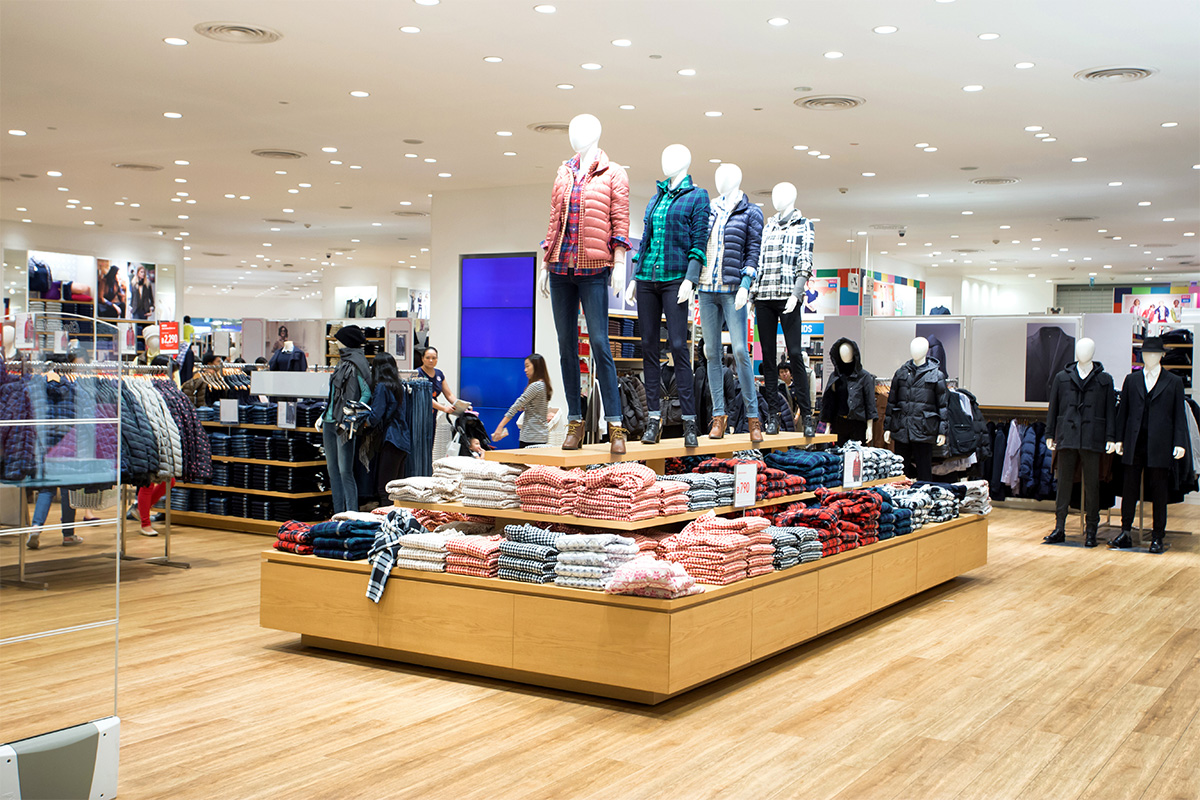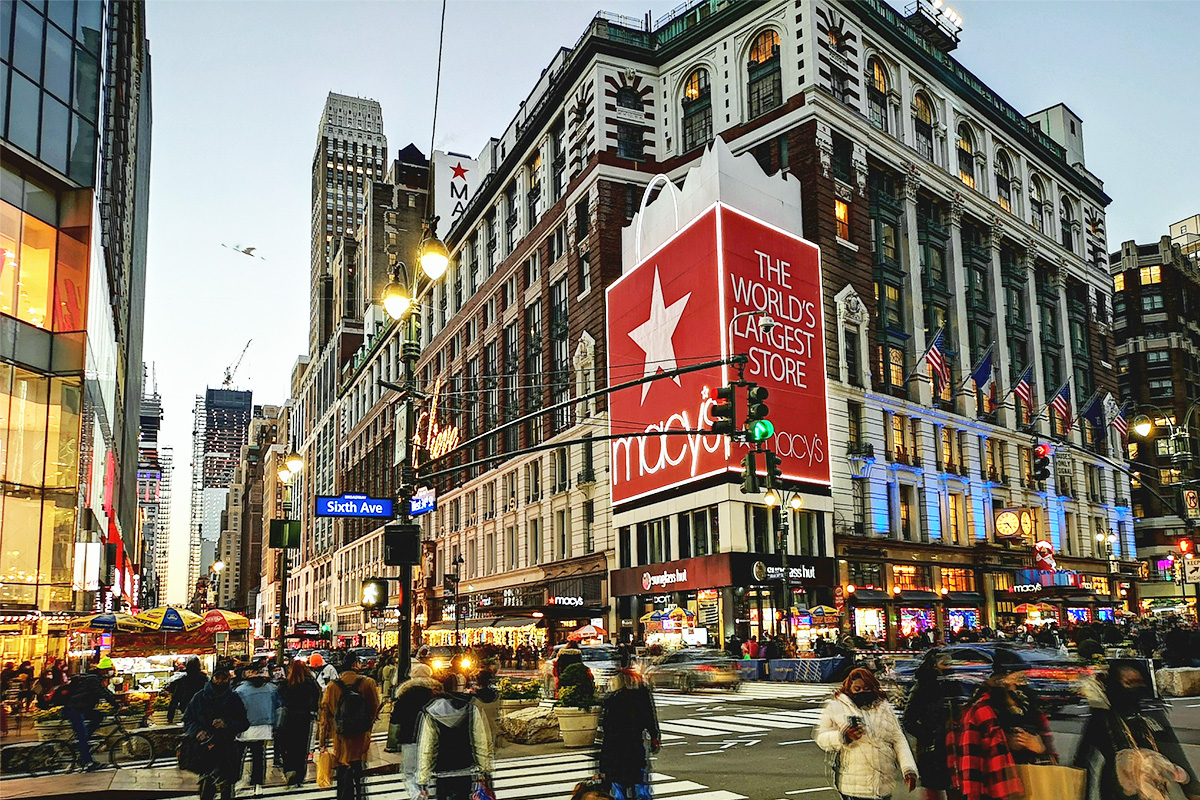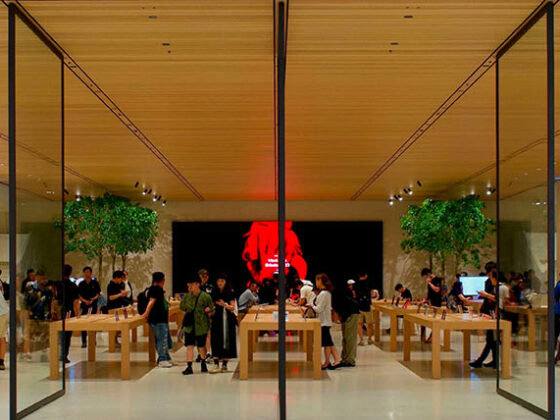As traditional department stores grapple with significant losses in a challenging retail landscape, modern landlords should adopt flexible leasing models to remain competitive. To navigate changing consumer preferences, department stores must innovate by investing in technology, enhancing online shopping experiences, and forming strategic partnerships. Success stories from adaptable retailers like Von Maur, Bloomingdale’s, and the unexpected return of Toys “R” Us offer insights into strategies for reinvention.

Department stores have been on a tough journey lately, and a big part of that story revolves around changing consumer behavior and the dynamics of retail real estate. Stores have seen a dip in foot traffic, leading to a struggle to pay the rents demanded by retail landlords.
According to Modern Retail, in just one quarter in 2023, Macy’s recorded $22 million in net losses, Kohl’s profits plunged 60% to $58 million, and Nordstrom’s net sales dropped 8.3%.
But it didn’t always used to be this way.
“Not only did department stores sell everything people needed to clothe themselves and furnish their homes, but they took advantage of the fact that, for the first time, consumers had disposable income. Department stores provided demos, offered lectures, and hosted entertainment events. Shopping was – get the irony here – an experience.”
– Carrie Barclay, President and CEO, ASG

Department Stores Struggle to Keep Up
This history of the department store is a reflection of our culture. But according to Frontier Economics, “the pace of the changes in the last year, including rising costs, channel shift and fast-evolving customer habits, has pushed many department stores to the brink. Even the biggest and best-known brands have faced difficulties. House of Fraser is under new ownership; Debenhams is fighting hard to stay alive; and John Lewis has reduced staff bonuses for the first time in over 60 years.”
Economic shifts and rising operational costs have made it tough for these former retail giants to sustain their traditional models. As a result, we’ve seen closures and restructurings as department stores grapple with these challenges. Meanwhile, shoppers are after more personalized experiences and specialized products, which many department stores find tricky to provide with their one-size-fits-all approach.
This shift in consumer behavior has hit the bottom line for these stores, putting pressure on their ability to keep up with the usual high rents in prime locations.
So, what is a modern landlord to do? Our top advice—be flexible.
Flexibility in leasing department store spaces allows landlords to remain responsive to market demands, attract a wider range of tenants, optimize space utilization, and mitigate risks, ultimately contributing to the overall success and sustainability of department store properties.

What’s Actually Happening to Department Stores?
Many traditional retailers have adapted to the digital age, exploring online sales channels, and implementing innovative strategies to stay competitive. The ones that didn’t are going the way of Kmart, like the following examples.
Bed, Bath, and Beyond
Bed, Bath, and Beyond went from being the retailer on top of the world in the post-economic downturn of 2008 to filing bankruptcy, suing suppliers, and being eaten up by Overstock in 2023. What happened?
The failure is “the result of an increasingly unwieldy corporate structure and its failure to fully reckon with the ascendance of online shopping,” according to the New York Times. In the article, Neil Saunders describes their situation as a death spiral, mostly caused by mishandling of debt.
Bed Bath & Beyond’s stores have closed, but Overstock acquired their intellectual property and took the BBB name in order to “acquire new customers and cement itself as a go-to home goods retailer,” according to CNBC.
Tuesday Morning
Tuesday Morning has closed its remaining 487 stores in 40 states after being approved for bankruptcy. Like Bed, Bath, and Beyond, the company was overextended, and when Wells Fargo increased their cash reserve requirement from $10 million to $30 million, it effectively eliminated any liquidity they had, as explained in a Retail Dive brief.
What Department Stores Can Do to Reinvent
The demise of the department store should be a wake-up call to all retailers to adjust course with the following strategies.
Adapt and Innovate
To survive and thrive, department stores must adapt to evolving consumer preferences. Investing in technology, enhancing the online shopping experience, and incorporating sustainable practices are crucial for staying competitive in today’s market.
The aging Boomer population and the multigenerational increased focus on health has opened doors to medtail, making “retail space a strategic necessity” that has created a dynamic landscape that continues to evolve as both the health care and retail industries face unique challenges.”
Collaborations and Partnerships
Strategic collaborations with popular and emerging brands can breathe new life into department stores. By creating exclusive partnerships or hosting pop-up shops, these stores can attract a diverse range of consumers and generate excitement around their offerings. Grocery stores and beyond are focusing more on consumer values, from sustainable, locally sourced products to products that are committed to protecting the environment.
Focus on Experience
Successful retailers are increasingly focusing on creating memorable in-store experiences. From interactive displays to immersive technologies, department stores must go beyond simple transactions and offer an environment that engages and delights customers.
As we previously reported, “The modern mall is undergoing a remarkable transformation to meet the changing needs and high expectations of today’s consumers. We are excited to be at the forefront, watching how retailers and mall owners embrace innovation, creativity, and technology to reinvent the mall experience. From immersive and experiential offerings to convenient and sustainable practices, the modern mall is poised to become a dynamic and engaging destination that goes beyond traditional retail.”

Contemporary Department Stores Getting it Right
While some department stores have sounded the death nell and others are facing imminent demise, several department stores are demonstrating a level of flexibility and agility that may help them survive in the modern era.
Von Maur
Headquartered in Davenport, Iowa, Von Maur is the parent company of Dry Goods, a women’s contemporary fashion store targeted toward modern young consumers. Von Maur is expanding Dry Goods rapidly, with 11 new store openings in 2023. Von Maur Dry Goods has been in business since 1872 but have managed to reinvent themselves time and again to keep up with consumer demand. Today’s focus is “fashion-forward style meets old-fashioned customer service.”
Bloomingdale’s
It might be surprising to see Bloomingdale’s on the list of hopeful success stories, but they have made some big moves to remain relevant, including appointing a new CEO. Unlike their parent company Macy’s that continues to struggle with relevancy and operational efficiency, Bloomingdale’s shows promise, says GlobalData Retail managing director Neil Saunders, who believes the new CEO’s international connections and experience will benefit the retailer.
In an interview with Modern Retail, Saunders said, “There are good brands in there. There’s a good selection. But really, there needs to be more differentiation. There needs to be more exclusive lines, more young, up-and-coming designers. There needs to be more newness.”
Toys “R” Us in Macy’s
Much to the devastation of generations of kids, Toys “R” Us closed their stores in 2018 and filed for bankruptcy. No one expected the brand to reemerge, but they now have 452 shop-in-shops in Macy’s around the country and have plans to open 24 flagship stores. Their new retail location strategy – air, land, and sea – will see stores opening in airports, on cruise ships, and in strategic locations throughout the U.S.
The Future Belongs to Innovators
“If the high street and the city centre are to survive, these important landmarks must find new ways to become destinations. Otherwise, the city may succumb to the 21st century’s version of retail modernity: the cavernous, windowless, invisible, under-regulated, under-taxed Amazon warehouse.” – Apollo
The state of department stores reflects a broader transformation occurring in retail. While closures of big box, specialty, and legacy stores may signal challenges, they also present opportunities for adaptation and innovation. As the industry continues to evolve, the key to success lies in the ability to embrace change and meet the dynamic needs of today’s discerning consumers.




